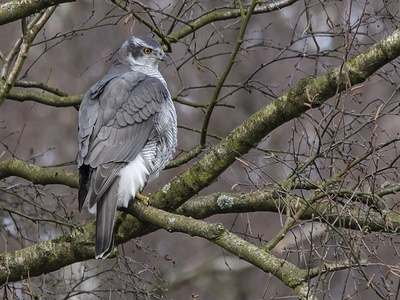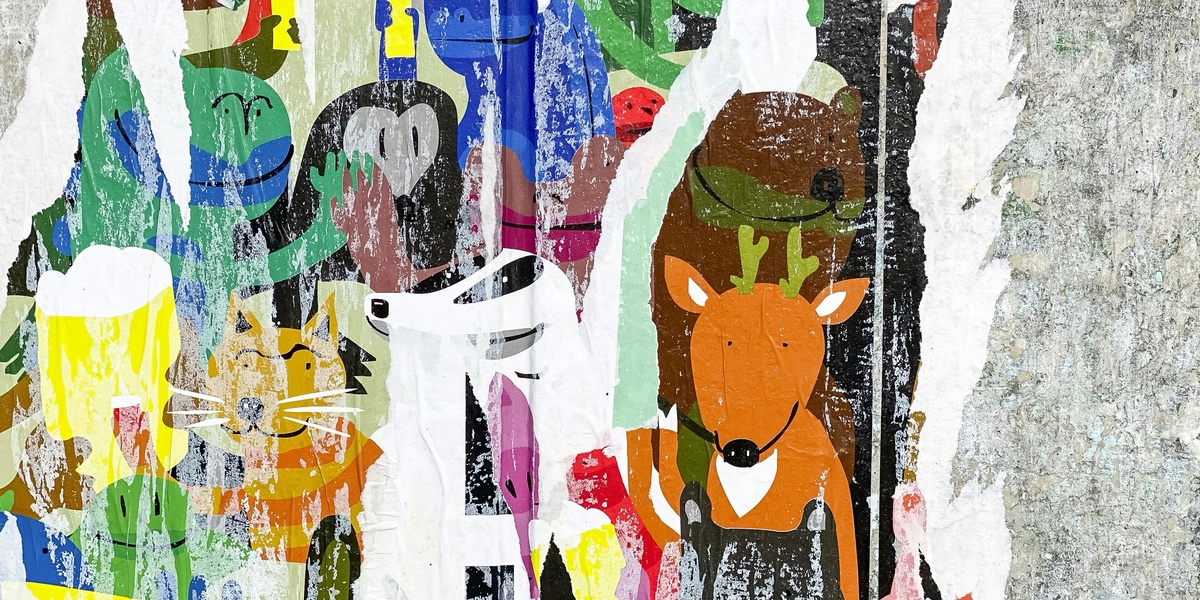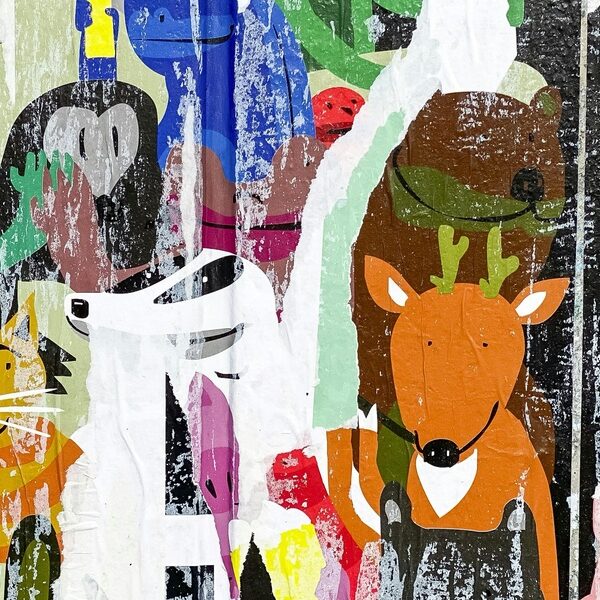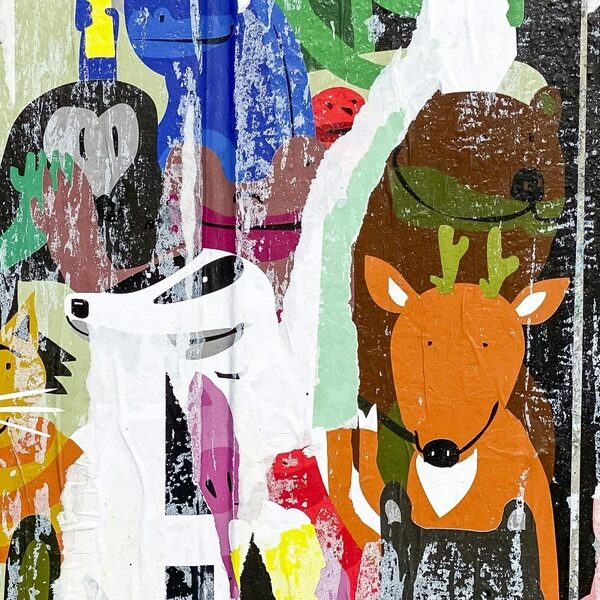This collection presents 47 Common Animals that start with N, spanning from “Naked mole-rat” to “Nyala”. These entries cover mammals, birds, fish, reptiles, and amphibians, useful for teaching and quick identification.
Common Animals that start with N are species whose common English names begin with the letter N. Many, like the naked mole-rat, are notable for unusual biology or regional cultural importance.
Below you’ll find the table with Common name, Scientific name, Order, and Habitat/distribution.
Common name: The everyday name you see, helping you quickly recognize and search for species.
Scientific name: The standardized Latin name that shows exact species identity for precise lookup and comparison.
Order: The taxonomic order places each animal in a broader group, giving context about related species.
Habitat/distribution: Short note on where the animal lives or occurs, helping you assess its geographic and ecological context.
Methodology note: Entries use widely recognized common names and established scientific names. The list prioritizes broadly known species and avoids obscure, rarely used names.
A–Z index: Use the alphabetical index to move between letters and find related lists quickly.
Common Animals that start with N
| Name | Scientific name | Order | Habitat / Distribution | Description |
|---|---|---|---|---|
| Narwhal | Monodon monoceros | Cetacea | Arctic and sub-Arctic seas | Tusked toothed whale famed for a long spiral tusk; dives for fish and squid. |
| Natterjack toad | Epidalea calamita | Anura | Coastal dunes and heath in W Europe, NW Africa | Small toad with yellow dorsal stripe; nocturnal breeder with loud mating calls. |
| Nautilus | Nautilus pompilius | Nautilida | Indo-Pacific coral reef slopes | Living fossil cephalopod with coiled chambered shell; scavenges and hunts at depth. |
| Nighthawk | Caprimulgidae (nighthawks) | Caprimulgiformes | Worldwide, mainly Americas; open habitats | Crepuscular aerial insectivores with erratic flight and large gapes for catching insects. |
| Nightjar | Caprimulgidae (nightjars) | Caprimulgiformes | Global; forests, scrub, open areas | Cryptic, nocturnal birds that feed on flying insects; well-camouflaged at rest. |
| Nightingale | Luscinia megarhynchos | Passeriformes | Europe and W Asia; migratory to Africa | Renowned songbird with rich, complex song; shy and often hidden in dense shrubs. |
| Nilgai | Boselaphus tragocamelus | Artiodactyla | Indian subcontinent plains and scrub | Largest Asian antelope; males bluish-gray and commonly found near farmland margins. |
| Nile crocodile | Crocodylus niloticus | Crocodylia | Sub-Saharan rivers, lakes, swamps | Large ambush predator with powerful bite; key apex predator in African waterways. |
| Nile monitor | Varanus niloticus | Squamata | Sub-Saharan Africa near water | Large semi-aquatic monitor lizard; opportunistic feeder and strong swimmer. |
| Nile perch | Lates niloticus | Perciformes | African lakes and large rivers | Large freshwater predator introduced to lakes; dramatically alters local fish communities. |
| Nene | Branta sandvicensis | Anseriformes | Endemic to Hawaiian islands | Hawaiian goose and conservation success story following captive breeding and protection. |
| Numbat | Myrmecobius fasciatus | Dasyuromorphia | Southwest Australia eucalypt woodlands | Diurnal marsupial that eats termites with a long sticky tongue and distinct striping. |
| Nurse shark | Ginglymostoma cirratum | Orectolobiformes | Tropical Atlantic reefs and shallow waters | Slow-moving bottom-dwelling shark that feeds on crustaceans and small fish. |
| Nursehound | Scyliorhinus stellaris | Carcharhiniformes | NE Atlantic and Mediterranean seabeds | Large catshark (greater spotted dogfish), nocturnal and benthic in rocky habitats. |
| Nudibranch | Order Nudibranchia | Nudibranchia | Worldwide marine, often shallow reefs | Colorful, shell-less sea slugs with vivid patterns and unique chemical defenses. |
| Nutria | Myocastor coypus | Rodentia | Native S America; invasive worldwide wetlands | Large semi-aquatic rodent once farmed for fur; can damage wetland vegetation. |
| Nutcracker | Nucifraga caryocatactes | Passeriformes | Conifer forests across Eurasia | Strong-billed corvid that caches seeds and aids pine regeneration. |
| Norway rat | Rattus norvegicus | Rodentia | Cosmopolitan, common in urban areas | Highly adaptable rodent living alongside humans; prolific breeder and opportunistic feeder. |
| Norway lobster | Nephrops norvegicus | Decapoda | NE Atlantic and Mediterranean muddy seabeds | Also called langoustine or scampi; commercially valuable small lobster-like crustacean. |
| Northern cardinal | Cardinalis cardinalis | Passeriformes | Eastern North America, parts of Central America | Bright red male songbird common in gardens; distinct crest and strong song. |
| Northern gannet | Morus bassanus | Suliformes | North Atlantic coasts and islands | Large seabird that dives from height to catch fish; nests in dense colonies. |
| Northern pike | Esox lucius | Esociformes | Freshwater across northern hemisphere | Ambush predator fish with elongated body and sharp teeth; popular sport fish. |
| Northern elephant seal | Mirounga angustirostris | Carnivora | Pacific coast of North America breeding beaches | Massive pinniped known for deep diving and large males with trunk-like proboscis. |
| Northern fur seal | Callorhinus ursinus | Carnivora | North Pacific islands and pelagic waters | Thick-furred seal that breeds on rocky rookeries; historically hunted for fur. |
| Northern mockingbird | Mimus polyglottos | Passeriformes | North America and parts of Central America | Vocal mimic famous for diverse song repertoire; common in suburbs and open areas. |
| Northern harrier | Circus hudsonius | Accipitriformes | Marshes and open fields across N America | Low-flying raptor with owl-like face that hunts small mammals and birds. |
| Nightcrawler | Lumbricus terrestris | Haplotaxida (Lumbricidae) | Temperate soils worldwide, gardens and fields | Large earthworm important for soil aeration and nutrient cycling; active at night. |
| Needlefish | Belonidae | Beloniformes | Tropical to temperate coastal waters worldwide | Long, slender surface fish with elongated jaws; feeds on small schooling fish. |
| Neon tetra | Paracheirodon innesi | Characiformes | Amazon basin blackwater streams | Tiny, brightly colored aquarium fish prized for schooling and ease of care. |
| Newt | Salamandridae (newts) | Caudata | Temperate freshwater and woodland habitats | Small amphibians with aquatic larvae and terrestrial adults; often brightly colored. |
| New World monkey | Platyrrhini | Primates | Central and South American forests | Diverse group of arboreal primates including capuchins, howlers, and spider monkeys. |
| New World warbler | Parulidae | Passeriformes | Across the Americas in forests and shrublands | Small insectivorous songbirds, many brightly colored and migratory. |
| Naked mole-rat | Heterocephalus glaber | Rodentia | Underground in East Africa arid regions | Eusocial, nearly hairless rodent living in colonies with a single breeding queen. |
| Noddy | Anous (noddy terns) | Charadriiformes | Tropical and subtropical oceanic islands | Tern-like seabirds that nest on islands; several species commonly called noddies. |
| Nile tilapia | Oreochromis niloticus | Cichliformes | Nile basin and African freshwater systems | Widely farmed, fast-growing food fish tolerant of varied conditions. |
| Northern snakehead | Channa argus | Anabantiformes | Freshwaters of East Asia; invasive in N America | Aggressive predator with air-breathing ability; invasive where introduced. |
| Noctule | Nyctalus noctula | Chiroptera | Europe and Asia woodlands and towns | Large aerial insectivorous bat often roosting in tree cavities and buildings. |
| Night heron | Nycticorax (night herons) | Pelecaniformes (Ardeidae) | Wetlands worldwide | Stocky, nocturnal herons feeding on fish, crustaceans, and amphibians in shallow waters. |
| Nubian ibex | Capra nubiana | Artiodactyla | Rocky mountains of NE Africa and Arabian peninsula | Agile mountain goat with curved horns; inhabits steep, arid cliffs. |
| Nyala | Tragelaphus angasii | Artiodactyla | Southern Africa woodlands and savanna | Distinctive spiral-horned antelope; males darker with white stripes and markings. |
| Nile softshell turtle | Trionyx triunguis | Testudines | African rivers and lakes | Large softshell turtle inhabiting slow-moving fresh waters; carnivorous and fast in water. |
| Northern anchovy | Engraulis mordax | Clupeiformes | Eastern Pacific coastal waters | Small schooling forage fish crucial to marine food webs and commercial fisheries. |
| Nanday parakeet | Aratinga nenday | Psittaciformes | Native South America; introduced in parts of USA | Social parrot with black head and red belly; common in urban green spaces. |
| Nicator | Genus Nicator | Passeriformes | Sub-Saharan African forests and woodlands | Small, stout-billed songbirds of Africa; three species collectively called nicators. |
| Neotropic cormorant | Nannopterum brasilianum | Suliformes | Fresh and coastal waters of the Americas | Small cormorant that perches with wings spread to dry after diving. |
| Northern fulmar | Fulmarus glacialis | Procellariiformes | North Atlantic and North Pacific oceans | Tubenosed seabird that glides over cold seas and feeds on fish and carrion. |
| Northern goshawk | Accipiter gentilis | Accipitriformes | Forests across the Northern Hemisphere | Powerful forest raptor that ambushes birds and mammals with agile flight. |
Descriptions
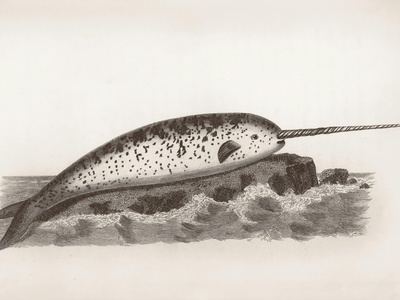
Narwhal
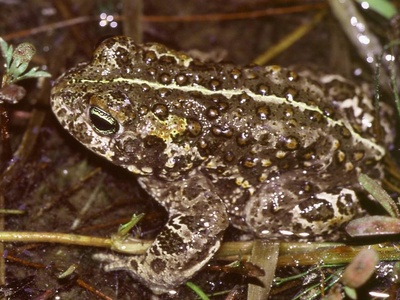
Natterjack toad
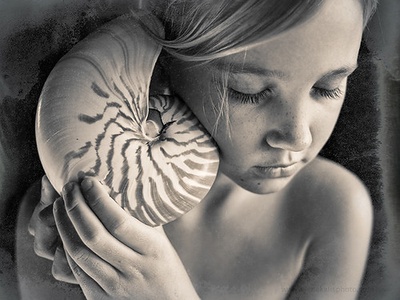
Nautilus
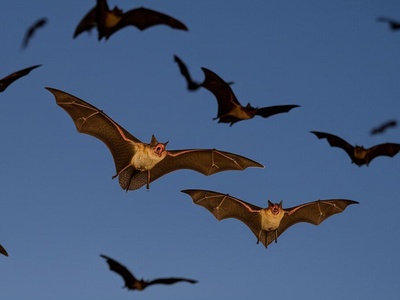
Nighthawk
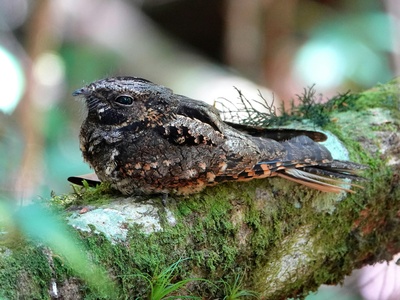
Nightjar
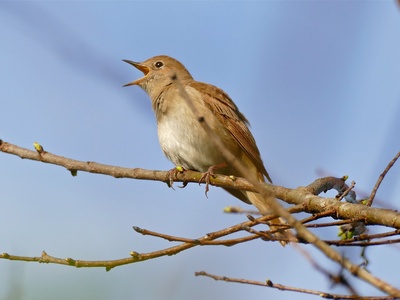
Nightingale
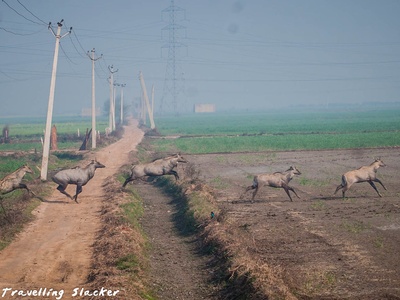
Nilgai
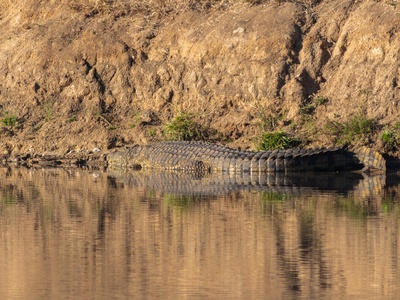
Nile crocodile
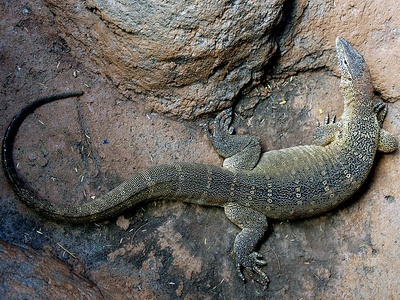
Nile monitor
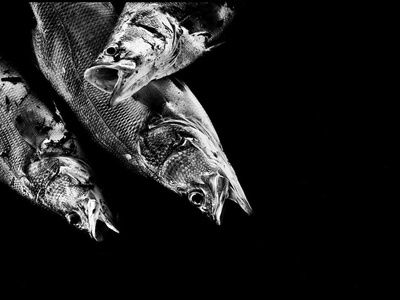
Nile perch
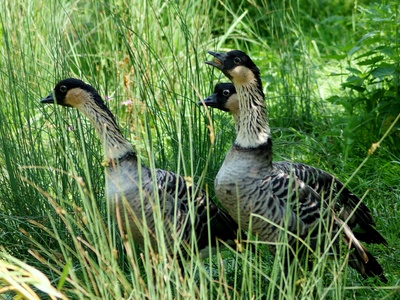
Nene
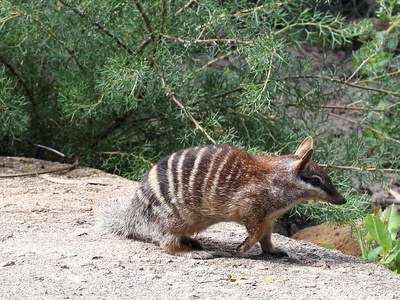
Numbat
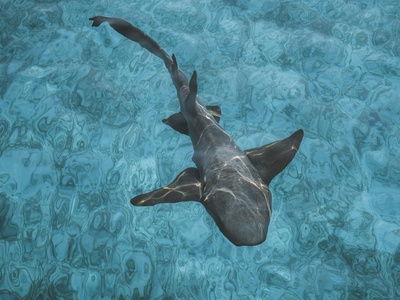
Nurse shark
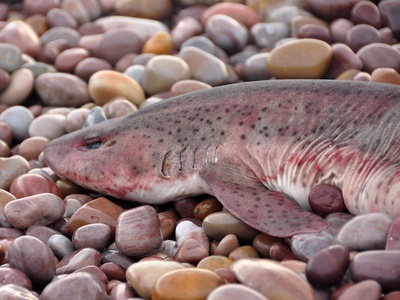
Nursehound
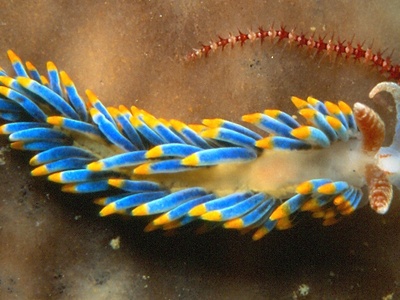
Nudibranch
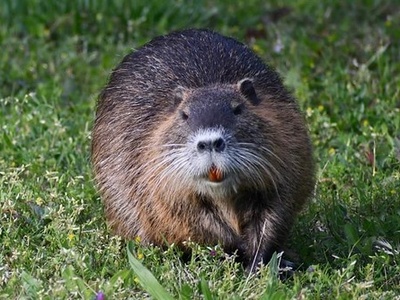
Nutria
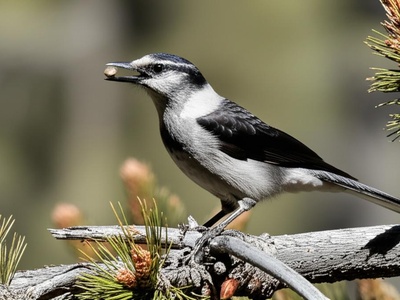
Nutcracker
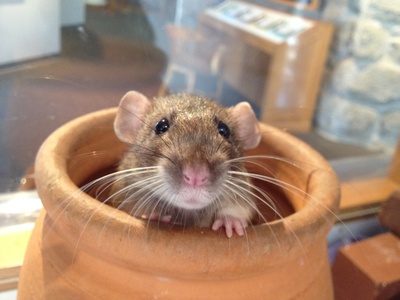
Norway rat
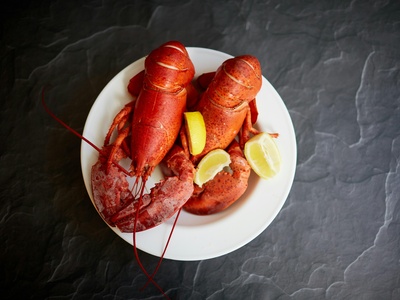
Norway lobster
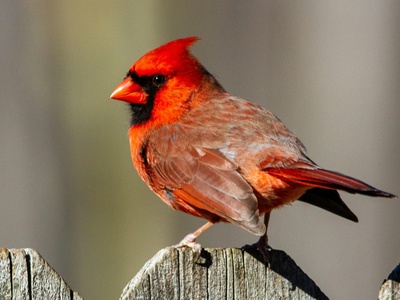
Northern cardinal
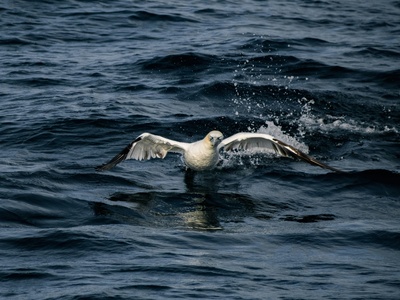
Northern gannet
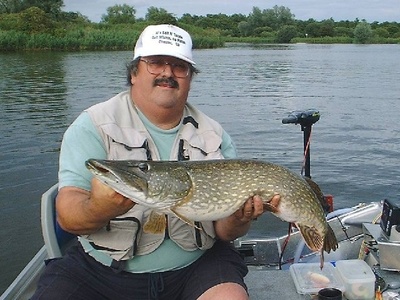
Northern pike
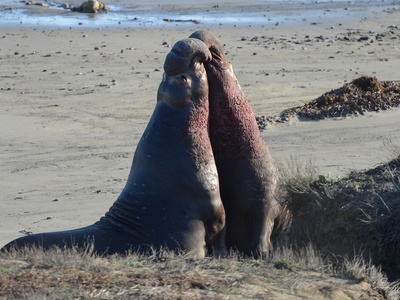
Northern elephant seal
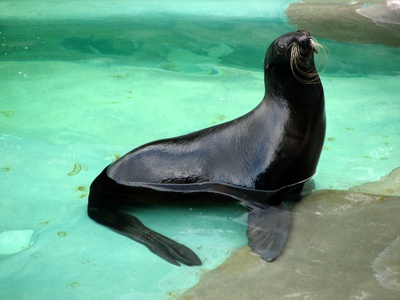
Northern fur seal
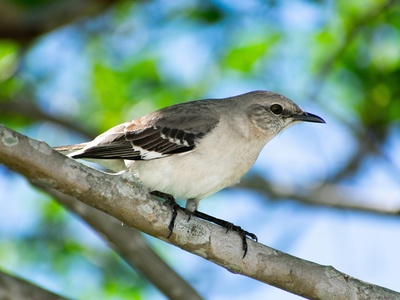
Northern mockingbird
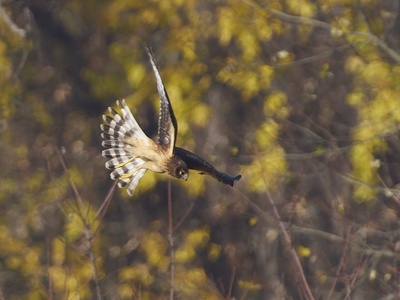
Northern harrier
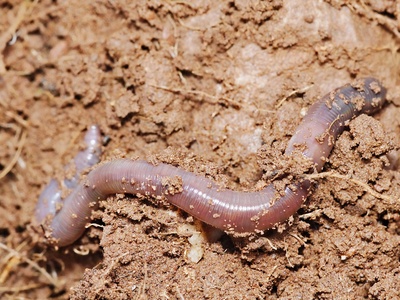
Nightcrawler
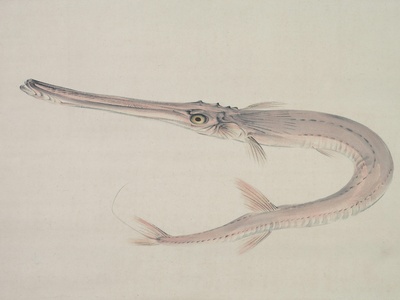
Needlefish
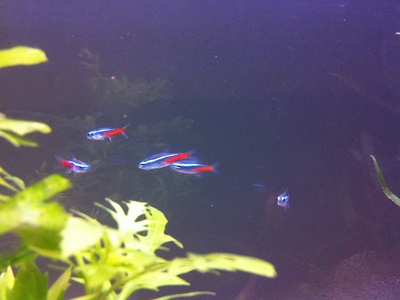
Neon tetra
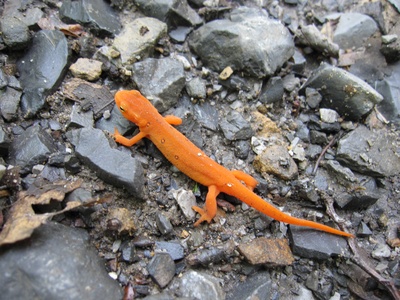
Newt
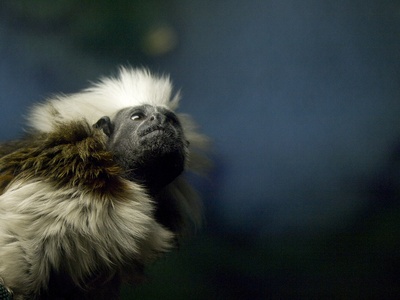
New World monkey
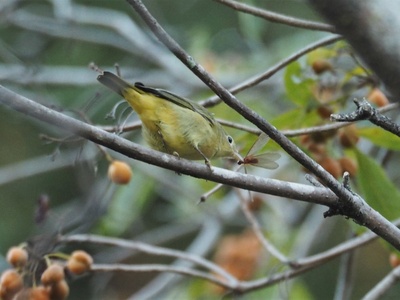
New World warbler
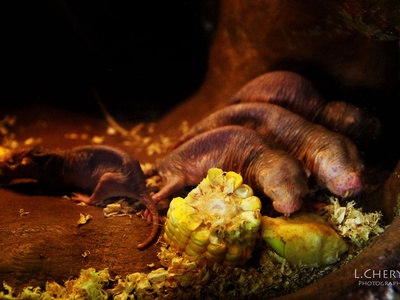
Naked mole-rat
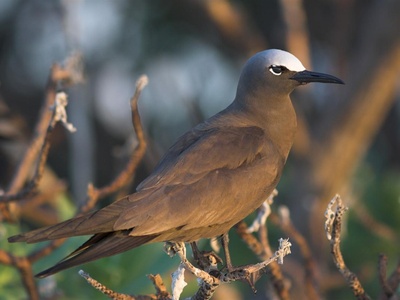
Noddy
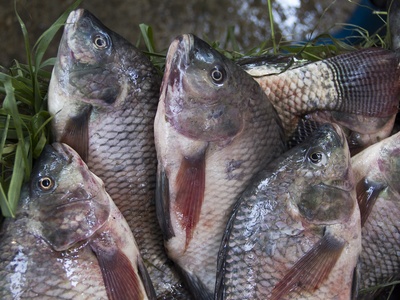
Nile tilapia
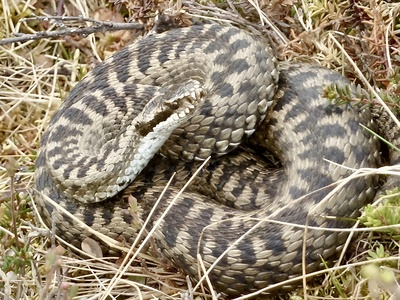
Northern snakehead
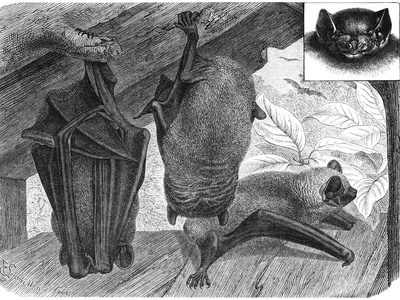
Noctule
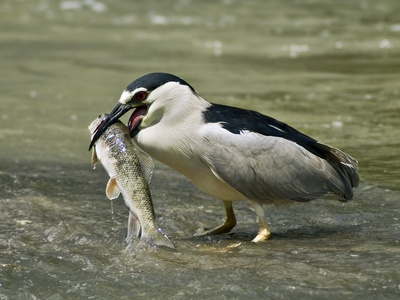
Night heron
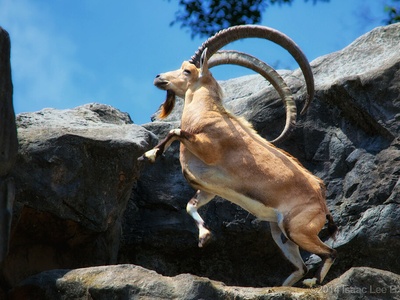
Nubian ibex
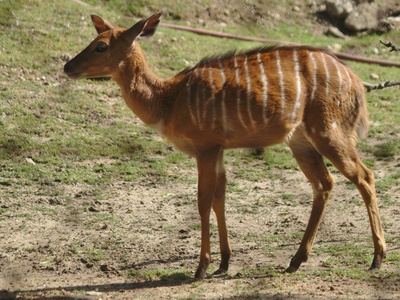
Nyala
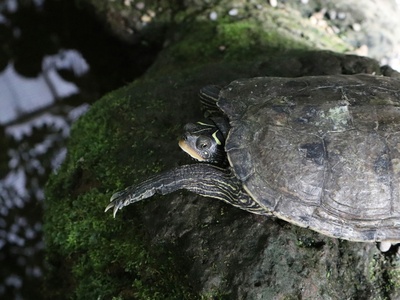
Nile softshell turtle
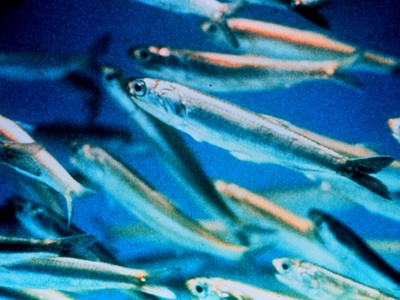
Northern anchovy
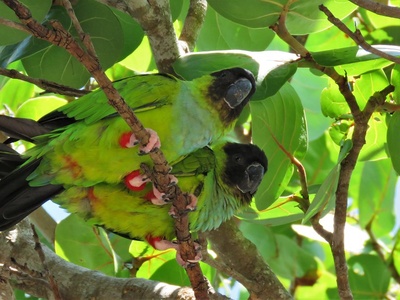
Nanday parakeet
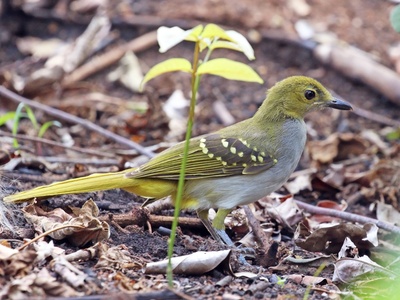
Nicator
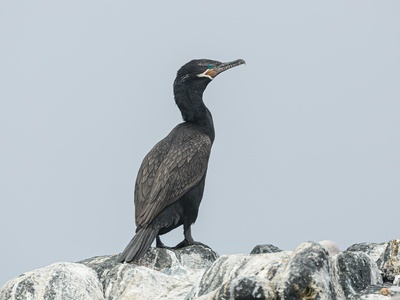
Neotropic cormorant
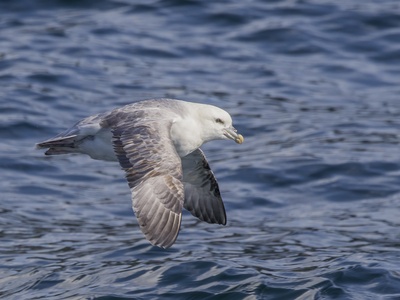
Northern fulmar
